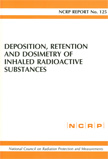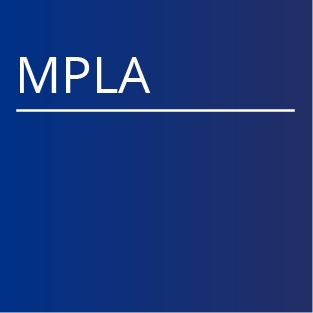AAPM has contracted with NCRP to provide each AAPM Member in good standing access and download privileges of electronically available NCRP reports, commentaries and statements. This report was prepared by the National Council on Radiation Protection and Measurements (NCRP). The Council strives to provide accurate, complete and useful information in its reports. However, neither the NCRP, the members of NCRP, other persons contributing to or assisting in the preparation of this report, nor any person acting on the behalf of any of these parties (a) makes any warranty or representation, express or implied, with respect to the accuracy, completeness or usefulness of the information contained in this report, or that the use of any information, method or process disclosed in this report may not infringe on privately owned rights; or (b) assumes any liability with respect to the use of, or for damages resulting from the use of, any information, method or process disclosed in this report.
 |
Report No. 125 - Deposition, Retention and Dosimetry of Inhaled Radioactive Substances (1997) Price: $45 PDF (AAPM Members FREE) Category: Reports Report No. 125 (1997) provides a summary of the scientific information and mathematical models that describe respiratory tract deposition, clearance, retention and dosimetry for radioactive substances inhaled by people. The treatment of deposition and retention is applicable, as well, to nonradioactive substances. The result of the review provided in the Report is an integrated mathematical model of deposition and clearance that is suitable for calculating doses to the respiratory tract. The Report provides a framework for interpreting human exposures and related bioassay measurements. It can be used by scientists and others concerned with the effects of inhaled radioactive and chemically toxic substances to calculate approximate doses to the cells and tissues at risk. Mathematical models described in the Report are designed to predict the most likely mean values of deposition and clearance in various regions of the respiratory tract, and variations in these patterns to be expected for individuals who may differ in size, state of health and mode of breathing. An important characteristic of these models is that they provide information on particle deposition and clearance on an airway generation-by-generation basis. This approach allows a user to pinpoint an airway for the purposes of estimating initial particle deposition, or dose, at any time after deposition. Scientific Committee: Richard G. Cuddihy, Chairman Gerald L. Fisher George M. Kanapilly (deceased) Owen R. Moss Robert F. Phalen Richard B. Schlesinger David L. Swift Hsu-Chi Yeh |



















